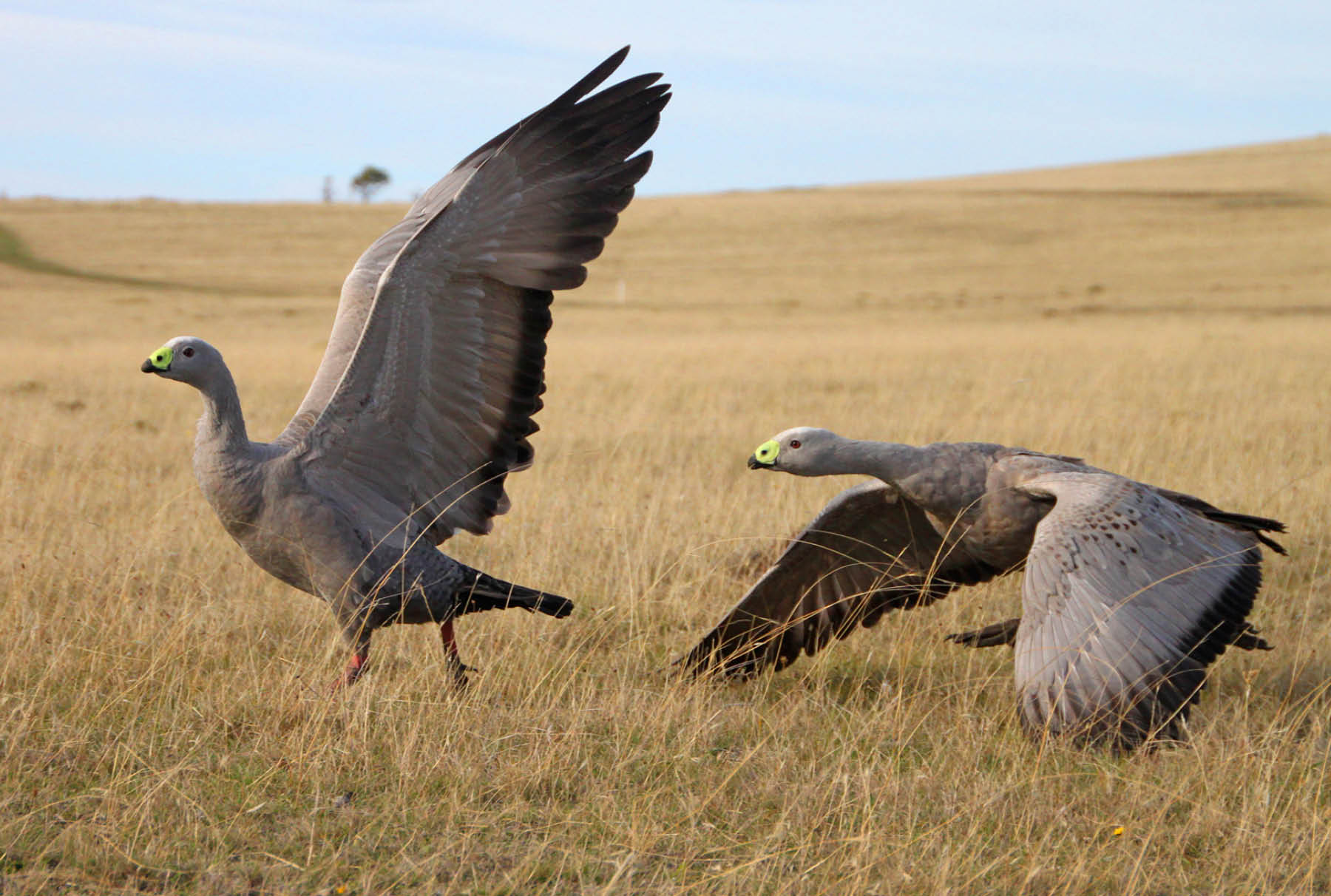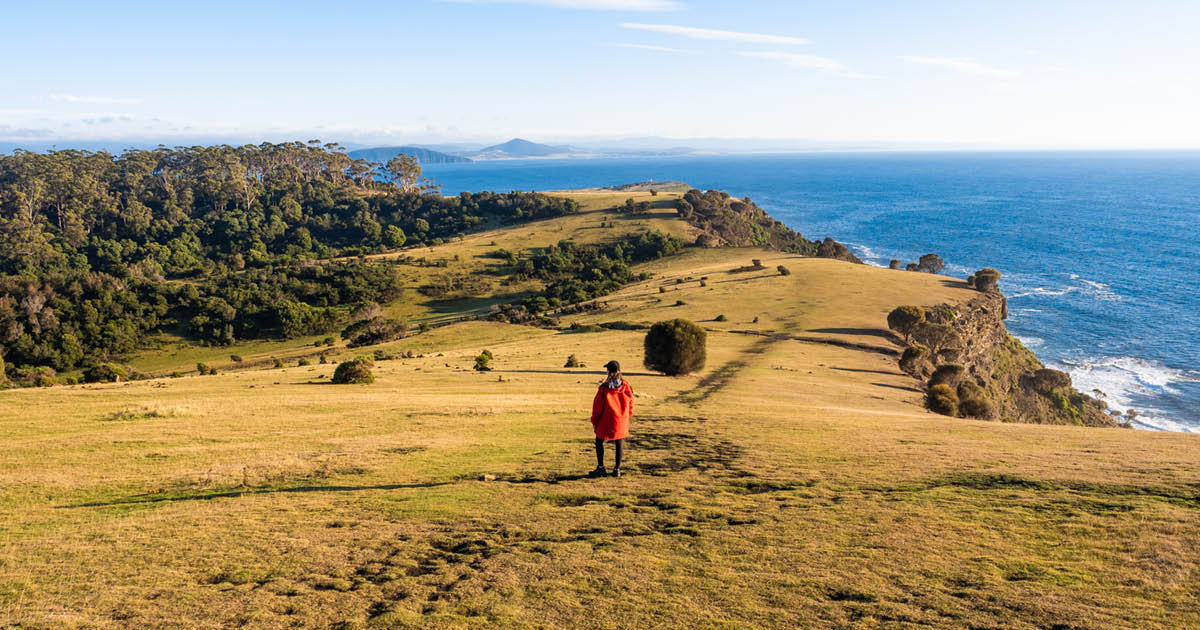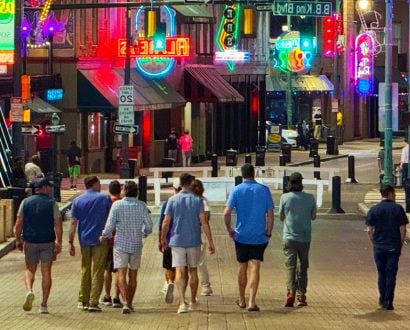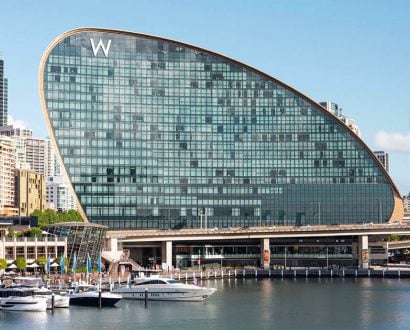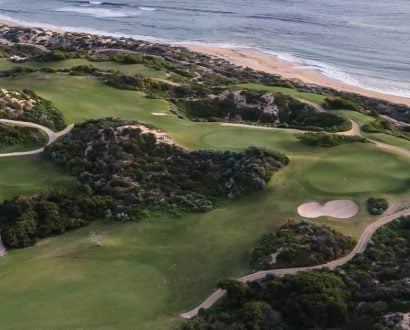Our guide, Izzy, suggests: “Turn your phone to flight mode to save the battery.” This will be a challenge. I’m addicted to my phone, regularly checking notifications, reading messages and answering emails. My chest tightens as I follow her instructions. A digital detox, walking across Maria Island, is the circuit breaker I need.
Maria Island is a national park off Tasmania’s east coast. Pronounced Ma-rye-ah, the Island was called Maria in 1642 after the wife of Anthony van Diemen, the Governor General of the Dutch East Indies. To the Puthikwilayti, the local Indigenous people who have cared for the land for 40,000 years, the island is called wukaluwikiwayna.
Immersed in nature
Cool water sprays over the sides of the boat and my hat threatens to blow off in the breeze as we cross Mercury Passage to Maria Island. Our skipper cuts the engines a few meters from the shore. With boots in hand and my pants rolled up over my knees, I step into the crisp clear water and wade to the beach.
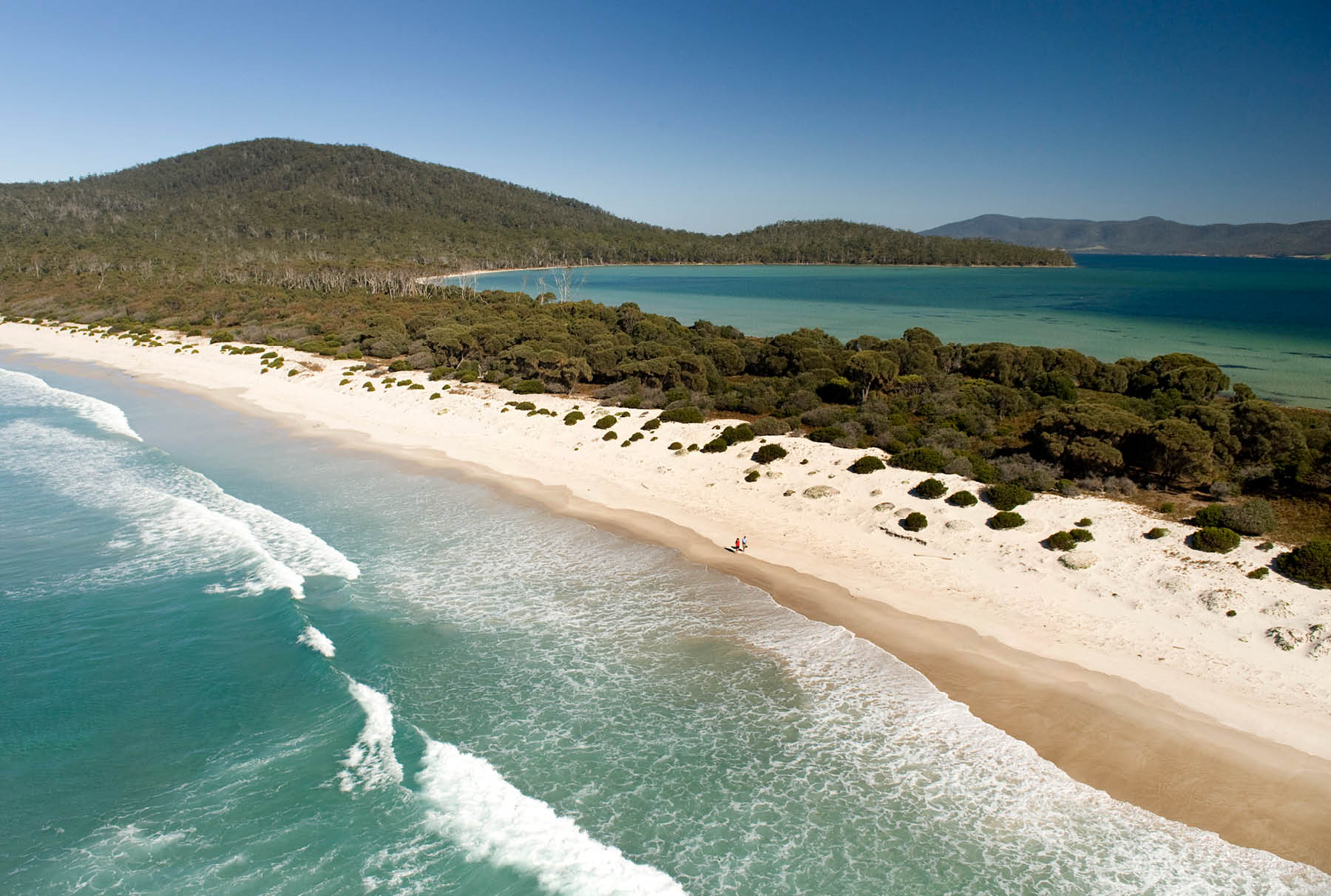
Instead of the ping of notifications on my phone, I hear the whoosh of waves rushing up the sand.
Powdery white sand sticks to my wet feet as I walk along the beach, my backpack sitting snugly on my hips. Strewn across the beach are clumps of seaweed in squiggly lines left by the receding tide.
Instead of the ping of notifications on my phone, I hear the whoosh of waves rushing up the sand. I notice blue bottle jellyfish, their tentacles tangled in the seaweed.
Rather than checking messages and emails, my eyes are drawn to two pied oystercatchers strutting along the water line, their long red beaks digging in the sand. Work stresses slowly fade into the background.
Our afternoon walk to Haunted Bay follows a wide undulating track through stands of stringy bark eucalyptus, woolly tea trees and casuarinas. Birds flit through the canopy tweeting and twittering.
Steeped in history
After a steep descent, the scene opens out across granite boulders covered with red lichen and the deep blue waters of Haunted Bay to the southern tip of Maria Island. The quiet beauty belies the stories behind the naming of the bay, which was a small whaling station in the 1820s and 1830s.
Not that long ago, a colony of fairy penguins nested in between the rocks. According to our second guide, Carl, their nightly calling gave rise to the name Haunted Bay. There’s no longer any evidence of the penguins or the whaling station.
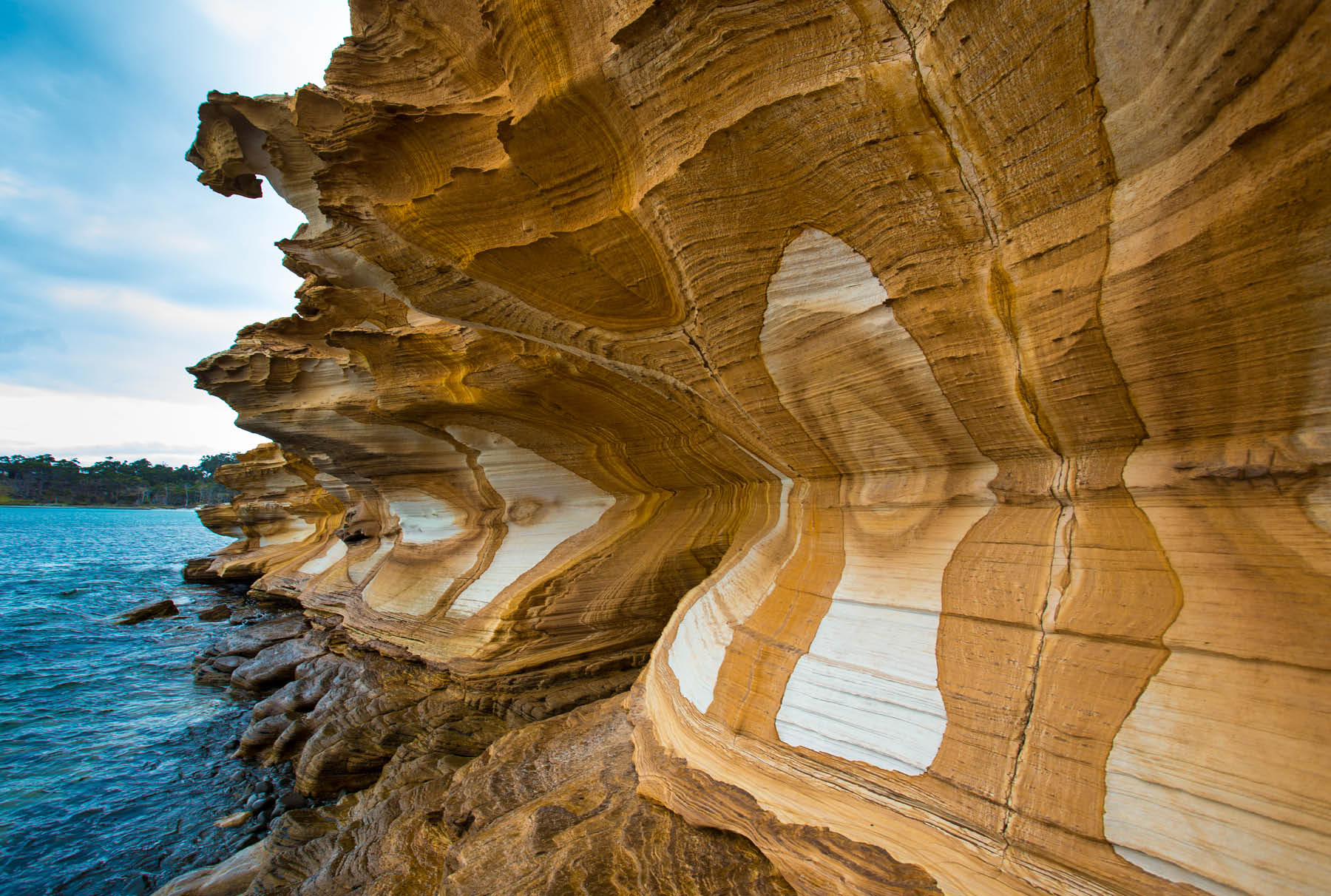
Returning to camp, Carl spots an echidna scuttling into the bush. He spies another, its spines glinting gold in the sun, as it snuffles in the sand. It nonchalantly scratches its stomach with a hind leg, then disappears, only to reemerge from a hollow trunk, peering out with beady eyes.
Our camp for the night, constructed to reduce the environmental impact, consists of a communal eating area and five canvas covered wooden framed cabins secreted in the bush. After a refreshing swim in the icy sea, a simple bush shower washes the salt away.
As we chat over pre-dinner wine and cheese, a black bird with a flash of yellow passes overhead. I jump up and follow its throaty squawk. A yellow-tailed black cockatoo, it joins a small flock cracking open the seeds of a casuarina.
The sun sets soon after dinner. With no power for lights, we soon turn in for the night, falling asleep to the sounds of wind rustling the leaves overhead and a nocturnal animal, perhaps a possum, scratching in the leaf litter near our cabin.
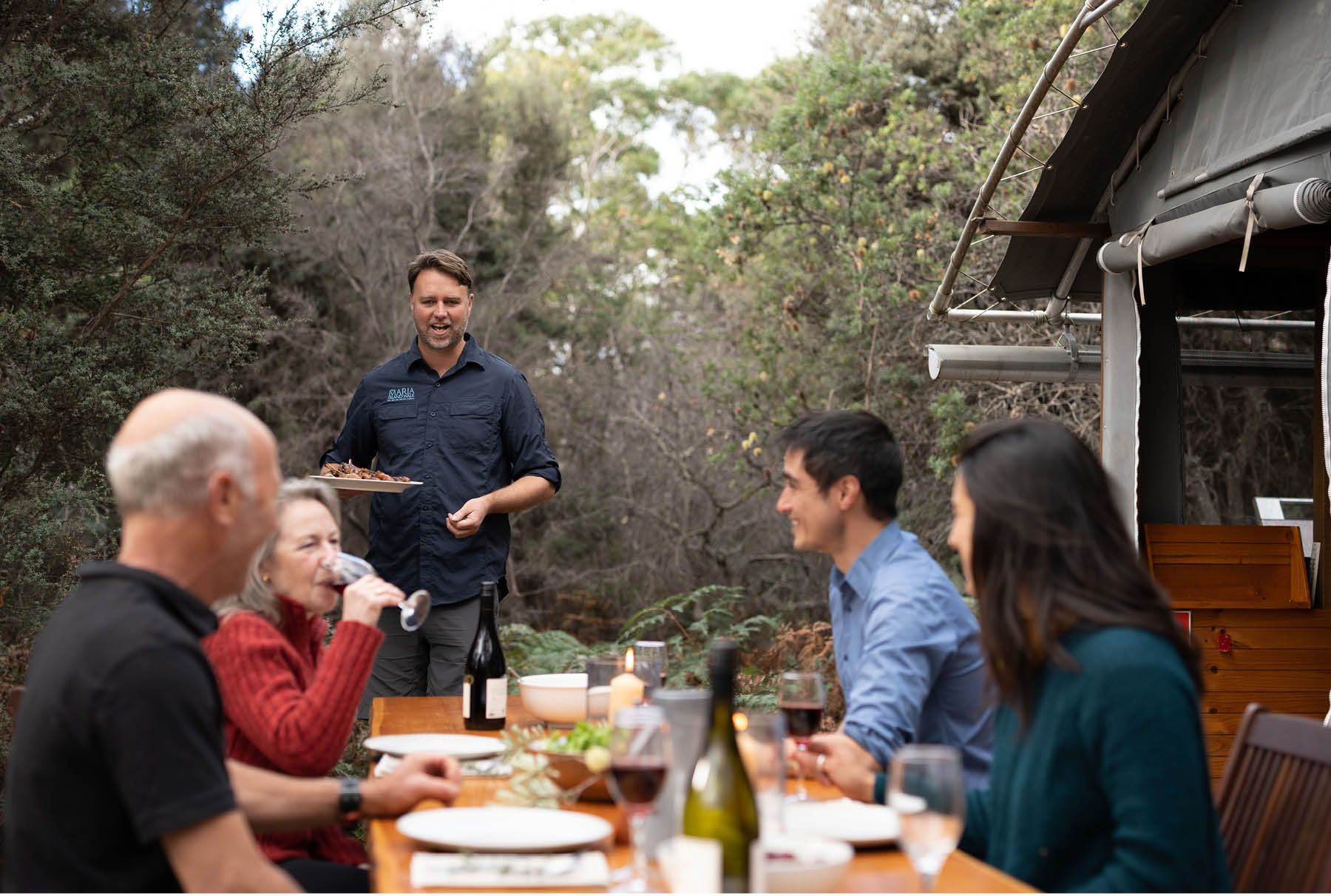
As we chat over pre-dinner wine and cheese, a black bird with a flash of yellow passes overhead.
Waking to a fine rain, we don our bright red raincoats and set off along the beach. Five endangered hooded plovers, each so tiny that they would fit in my palm, scurry along on the white sand.
We pass scallop shells, shells from crabs and sea urchins, marine snail egg sacs and a shark egg. Following the ‘tread lightly’ philosophy, we leave them on the beach, taking only photographs, leaving only footprints.
Home of ancient traditions
Izzy stops at a cultural living site. That’s the term preferred by Indigenous people for what I know as a midden. She explains that the Puthikwilayti people regularly crossed to the island by canoe from mainland Tasmania. They gathered at sites like these, enjoying meals from the abundant supply of seafood. The size and type of shells they left behind informed those who followed them what food was available and, if stocks were running out, which should be left to regenerate.
We find a cuttlefish bone with three narrow black rings at its base. “This fish had a stressful life,” Izzy says. The black lines were created when the fish squirted black ink at a predator.
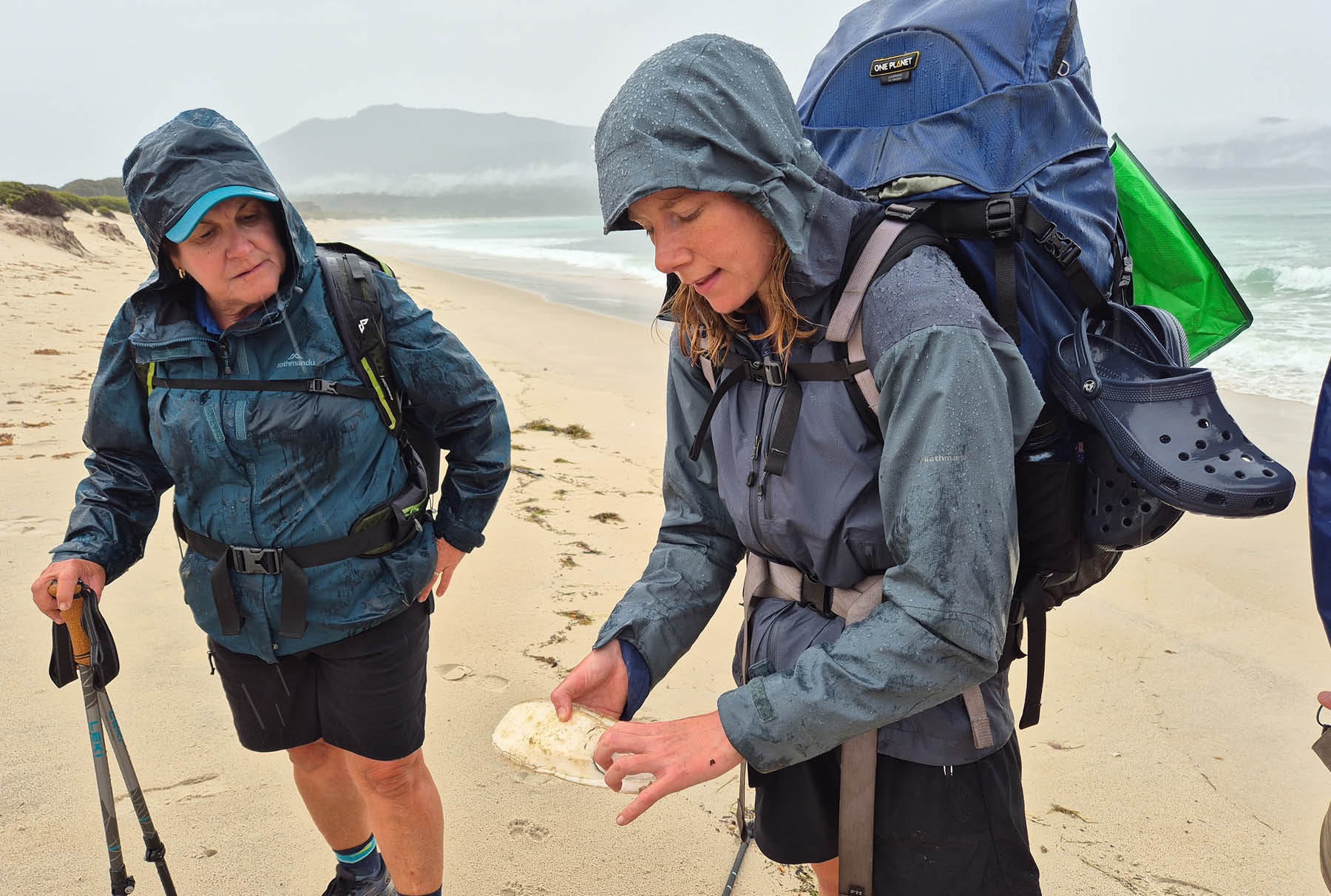
As we walk north, signs of land clearing and habitation appear. At a row of red brick convict cells, we learn about Maria Island’s history as a penal settlement. Carl points to piles of rocks, explaining that convicts were punished by having to complete meaningless tasks like moving rocks from one pile to another and back again.
Nearby we meet our first wombat. A mother and her baby waddle towards Sue, a fellow walker. To her delight, the curious baby joey nibbles at her shoe.
There are more wombats on our third day when we walk into the World Heritage listed settlement of Darlington, where we meet other hikers for the first time.
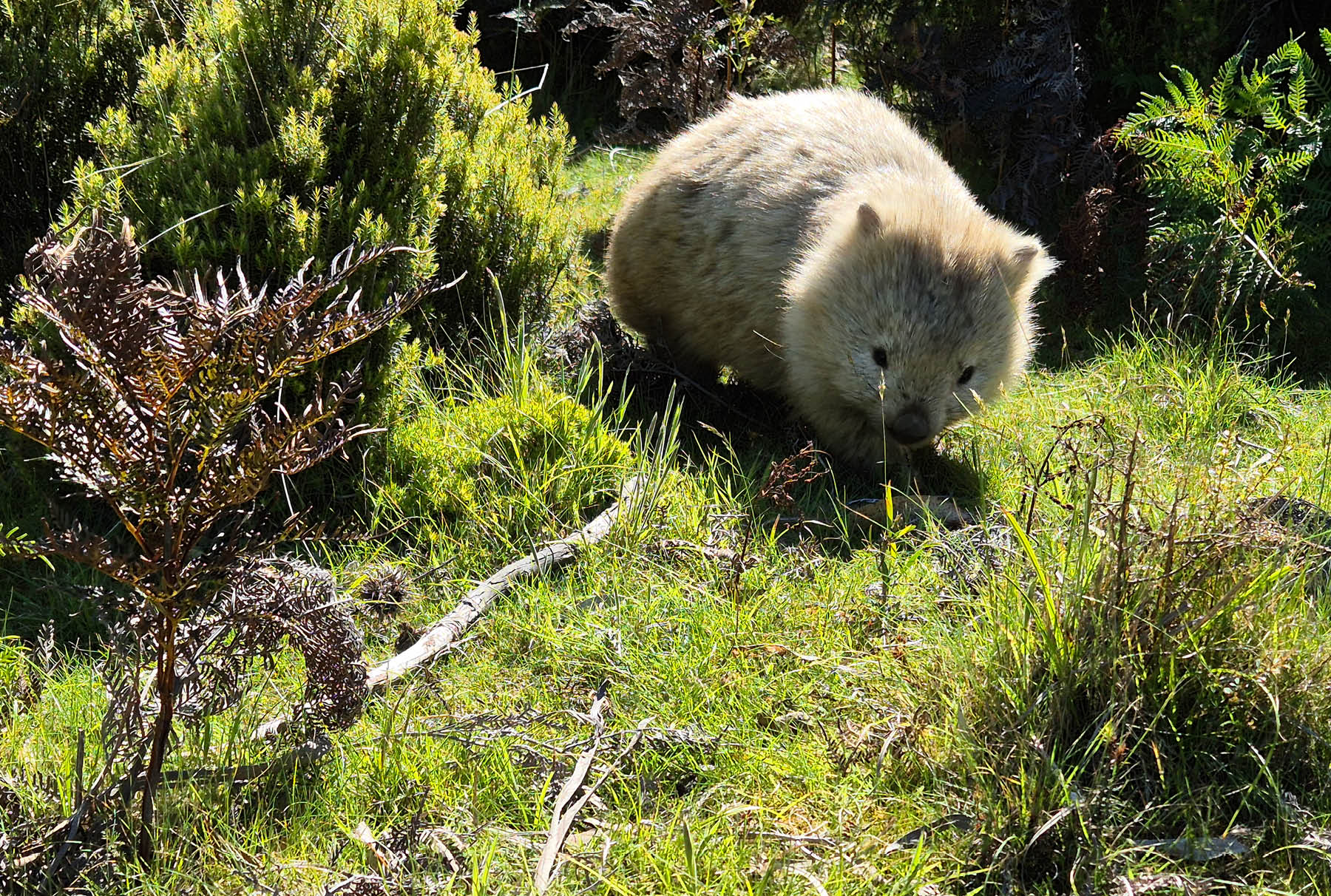
A white-bellied sea eagle soars above my head. I sit quietly on the ground watching a furry wombat tear at the grass.
“It’s jarring being in the big smoke,” Izzy remarks. She’s right. Being immersed in nature has been a complete break.
In the afternoon, I walk some of the way up the steep incline to the Bishop and Clerk lookout. It’s tough going and I turn back, relishing walking alone with the only birds and a few skinks for company. A white-bellied sea eagle soars above my head. I sit quietly on the ground watching a furry wombat tear at the grass.
Back at historic Bernacchi House, our home for the last night of our adventure, my companions’ phones start to ping. One calls their family. I choose to stay disconnected until I’m back in Hobart. I’m not ready to return to the digital world just yet.
